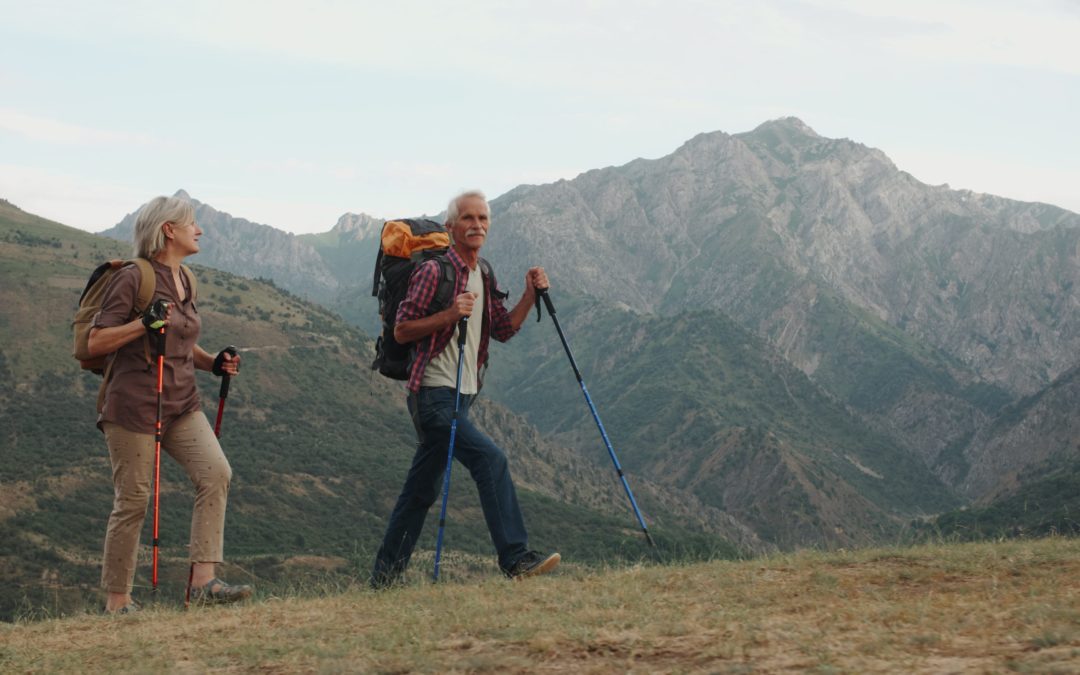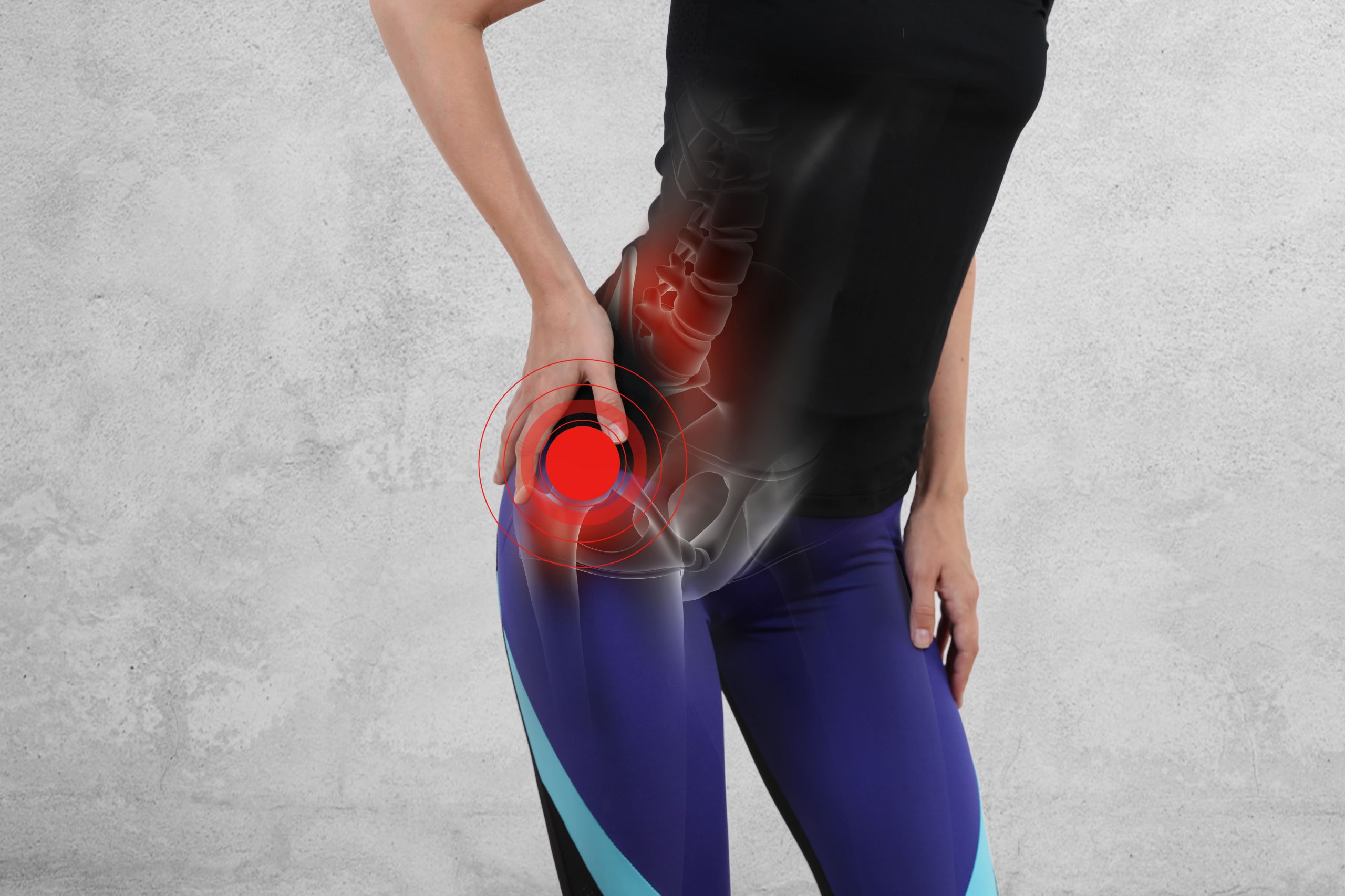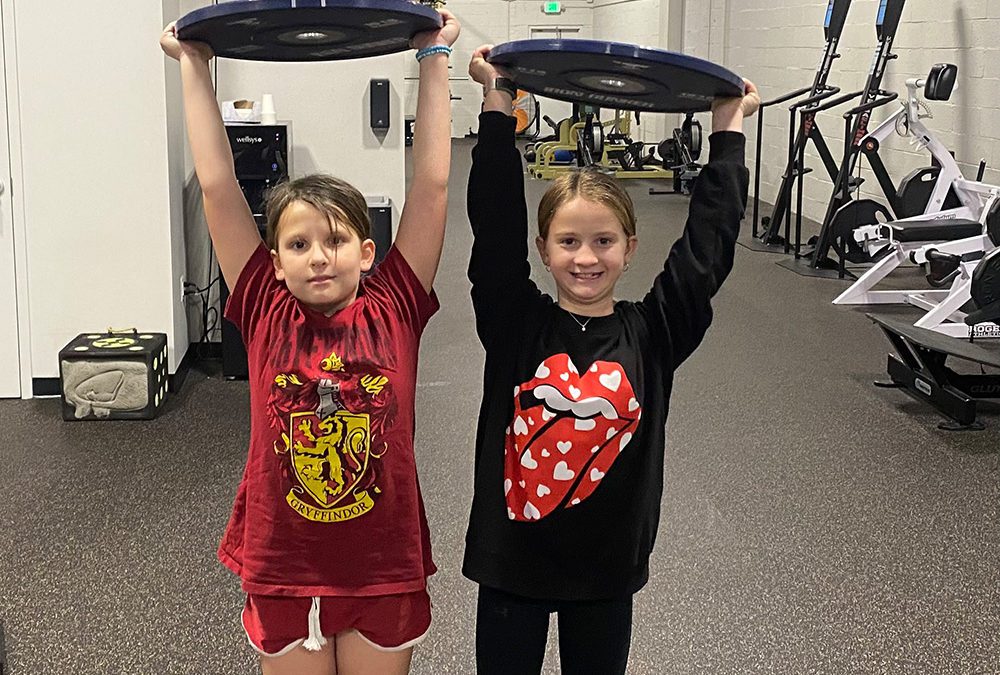
The 3 Best Strength Exercises for Hiking
By: Trystan Balderston
Hiking is one of the best ways to integrate a love of nature and the outdoors with fitness and health. A lot of the personal training clients I work with enjoy supplementing their workout routine with hikes. Maryland weather has bipolar disorder, but on the highs, we are able to get outside and enjoy the multitude of local trails. Hiking is an easily accessible outdoor activity that works as a solo meditation, or a fun family activity. However, some people are limited by nagging aches and pains, injuries, low cardiovascular endurance, and fears of falling. Just because hiking is an easily accessible, fun activity, it doesn’t mean that you shouldn’t have a certain level of physical preparedness to start or continue! In this article I will highlight the physical demands of hiking and my top five exercises to keep you healthy so you can enjoy this awesome activity to its fullest!
What Your Training Program Needs
In this section I will describe the physical demands of hiking as a part of my rationalization of the top five best strength exercises for hiking.
- Balance/Coordination
Being out in nature is…. A breath of fresh air. Top tier dad-joke out of the way, hiking presents a whole new stimulus as compared to walking around your neighborhood. Rather than flat, concrete surfaces, you’ll be walking on dirt, rocks, roots, up and down hills, etc. The differences and unpredictability of the surfaces you will be hiking on must be considered when starting a complementary fitness program. Adding in exercises to develop your balance and coordination will help you be safe as you venture out into the wild!
- Unilateral Strength
Unilateral means one side. Adding in unilateral exercises is, frankly, a necessity in any program. When I first meet with a personal training client, I assess the differences in movement between sides. This gives me a clear indication of which side is stronger, more coordinated, and how the differences between sides may be contributing to daily pain/discomfort. When you walk, one leg moves after the other. Left, right, left, right. If you are weak on one side, your body will develop ways to compensate. Over time you will experience pain and may lose your love of hiking. Unilateral exercises are implemented to ensure even stimulus between sides.
- Endurance
This one is pretty straight forward. The ability for a system to work over a period of time is, endurance. The endurance requirements of hiking are cardiovascular and muscular. The ability to move efficiently for longer, will undoubtedly help you reach the summit.
Now that we have established the components of the exercises that will help you hike for longer, lets dive into the list!
- Weighted Step Ups
To me, this is the most undervalued exercise in training programs. When people throw around the term ‘functional training’ and don’t include step-ups in their program, I become fairly enraged. This movement is not only directly applicable to the real world (walking, climbing stairs, going up a hill), it can be modified to reach a number of fitness goals.
What You Need
- Elevated surface at or below knee level. This can be a bench, step, box, etc.
- Weight (optional)
Cues
- Plant one foot firmly on the elevated surface
- Lean slightly, so you feel your weight on the elevated leg
- Extend your knees, and bring your hips forward as you drive up
- At the top, make sure you are standing tall
- Descend with control keeping the same foot on the surface
- Don’t bounce or spring off of your back foot as you perform subsequent repetitions
Modifications
- Start with a low elevation and don’t step onto a surface above knee level without mastering this movement
- If stepping up with your bodyweight is too difficult, hang a medium-heavy resistance band above you. Grab the band and pull it down toward your body. This will assist you in actually stepping up. You can also more easily control the lowering portion of the movement, which is a great way to train eccentrically, which can decrease your risk for injury.
- To further build your strength, add some form of external load/resistance.
- If you feel that you are constantly springing off of your back foot on the step up, place a pad or weight underneath the heel of your back foot. You won’t be able to spring off of it this way because your heel is elevated at the bottom of the movement.
My favorite variation of this exercise is with an offset load. All this means is that you hold a weighted implement (kettlebell, Dumbbell, etc.) in the hand opposite the working leg. If your left foot is on the elevated surface, the weight will be in your right hand. This adds an extra layer of balance as you’re the weight will pull you toward the opposite side of your working leg! By performing the movement this way your glutes and core will get a lot more activation.
This exercise hits all of the prerequisite components explained above. The balance demand comes from the movement being a unilateral, and when performed at high repetitions can boost muscular and cardiovascular endurance.
- Single Leg Romanian Deadlift
Full disclosure, I love this exercise and could probably write a graduate thesis on how excellent it is. But I promise to keep it brief. This exercise is excellent for balance, and posterior chain strength/power.
What You Need
- Weight (Optional)
Cues
- Stand on one foot
- Keeping a soft bend in your knee, and weight on your balance foot bend over keeping spinal alignment and your back leg in line with your head
- At the end position you should feel a mild stretch in your hamstring and be parallel to the floor
- Thrust your hips forward, and stand tall with both feet now planted on the ground
Modifications
- Use a bench for support if you are limited by balance and or pain. Place your hand on a surface next to you, keep that same side foot on the ground for the movement.
- When you are proficient enough, add some weight!
My favorite variation of this movement is performed with the Sorinex PitShark row machine we have at The Iron Bunker. I will grab one of the handles and perform repetitions with my leg on the opposite side, the same way as I like to load the step ups.
- Jump Squats
This is a great exercise that will help you to develop leg strength and power, ability to absorb forces, and build endurance.
What You Need
- Weight (optional)
Cues
- Stand with your feet between hip and shoulder width
- Bend your knees as you sit back and descend to the ground in a squat pattern
- Extend your knees and drive your hips forward
- Jump with your body in a straight line
- Land softly, and into a squat position
Modifications
- Add external load.
- Slow your descent to increase eccentric load.
My favorite variation of jump squats is with a trap bar. The trap bar deadlift position is exactly the same as if you were going to attempt a max vertical jump. You are essentially in a half squat position, which is ideal for maximum jump height.
Put these exercises into a circuit to build full body strength and endurance for hiking.





Recent Comments